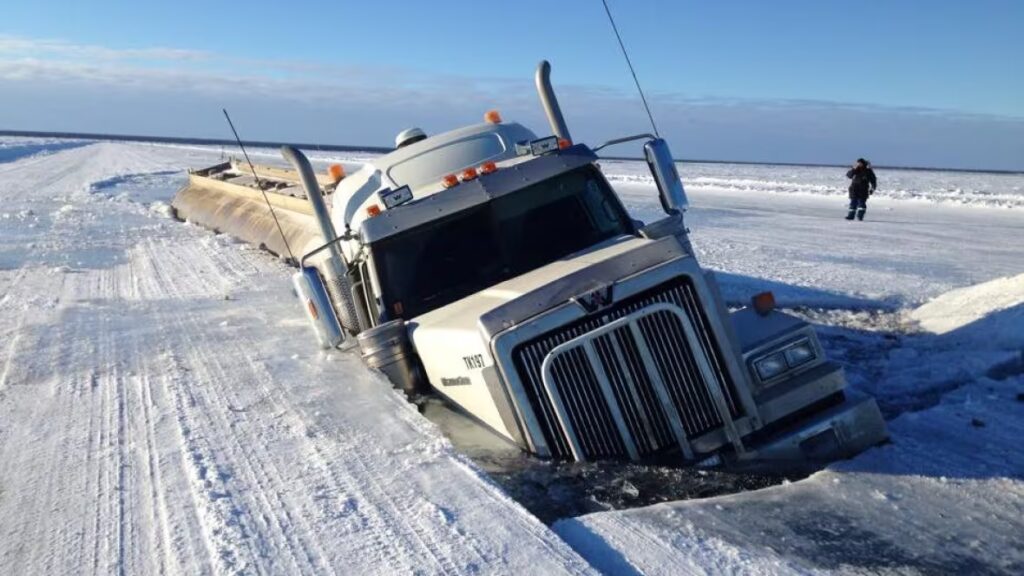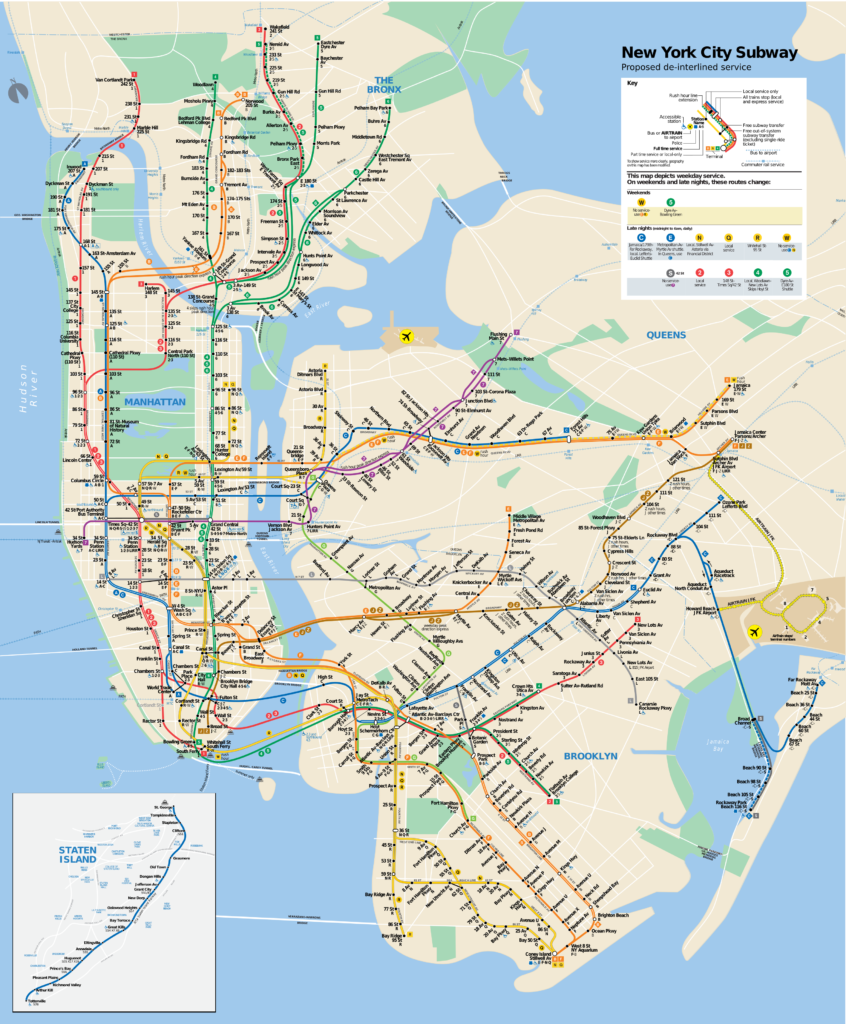This post is the second in a series delving into limitations that Leda clay may impose on HSR. In the last post, we introduced this material and the problem of acoustic shocks generated in the ground. In this post, we’ll look at how these shocks can damage the rail and nearby structures, and interfere with neigbouring land uses. In subsequent posts, I’ll post semi-quantitative calculations of the relevant rail speeds at which these effects become important, and overlay the map from the first post with the maximum attainable rail speed prior to soil improvement.
To start, I’ll apologize for some of the alarmism from the first post. However, the point stands that Leda clay is absolutely prone to subsoil failure. This doesn’t mean that sinkholes will suddenly form under the tracks, at least not in flat terrain.
One effect of soil failure would be settling at an enhanced rate. There are two principal mechanisms for settling in clay. One occurs somewhat slowly in areas where clay is present 8 to 15 m below the soil surface, which is from water being wrung out of the clay under increased pressure. This will occur under embankments, and especially under foundations for heavy overpasses, where an ultimate settling depth of a few percent of the height of the embankment can be expected. This is of lesser concern for a railroad on a shallow embankment, where any slow change in track elevation can be fixed by routine tamping.
The other type of settling comes from failure of shallow soil under shear loads, up to a depth of about 5 m, either from uneven ground pressure, but particularly due to vibrations from passing trains. This type of failure can occur relatively quickly, liquifying the underlying sensitive clay1, and causing the rail embankment to sink into the equivalent of a water bed. This settling can also affect foundations for near-rail structures, overhead catenary in particular.
Other than settling, vibration can also cause the rail structure to degrade. If the ballast that holds the rails in place is strongly shaken, with acceleration exceeding 0.7 times gravity, it can flow, or at even lower accelerations, it can chip and lose it’s ability to hold the rail in place (reference). The liquified clay under the rail can also migrate upwards through other soil layers, commonly seen as ballast contamination and mud pumping.
Finally, vibration that propagates from the rail can affect neighbours. For trains travelling at slow speed, this vibration disipates quickly as one moves away from the rail line. However, at either the Raleigh wave speed, or at a critical speed for soliton propagation2, these waves can be focused into a single wave-front, whence the can propagate far from the railway.
Either through ballast degradation, subsoil failure, or impact outside of the railway, a speed limit of about 190 km/h for trains over these clay deposits is going to be needed. In the next post, I’ll go over some representative locations and calculations of the strain, surface acceleration, and vibration propagation to show how this limit can be defined.
- Sensitivity is the ratio of the shear strength of the clay when undisturbed versus after it’s been deformed or ‘remoulded’. ↩︎
- A soliton occurs when non-linear effects cause the wave speed for different wavelengths to converge to the same value. In Leda clay, this can occur when the dispersion relation that allows wave speed to increase with frequency and the speed of a wave is to be degraded as a function of strain. Thus, a short sharp wave pulse can catch up to a slower longer wave pulse, locally surpass a shear strain of about 1.5 parts in 10,000, and form something similar to an ocean breaker battering at the neighbour’s foundations. ↩︎


